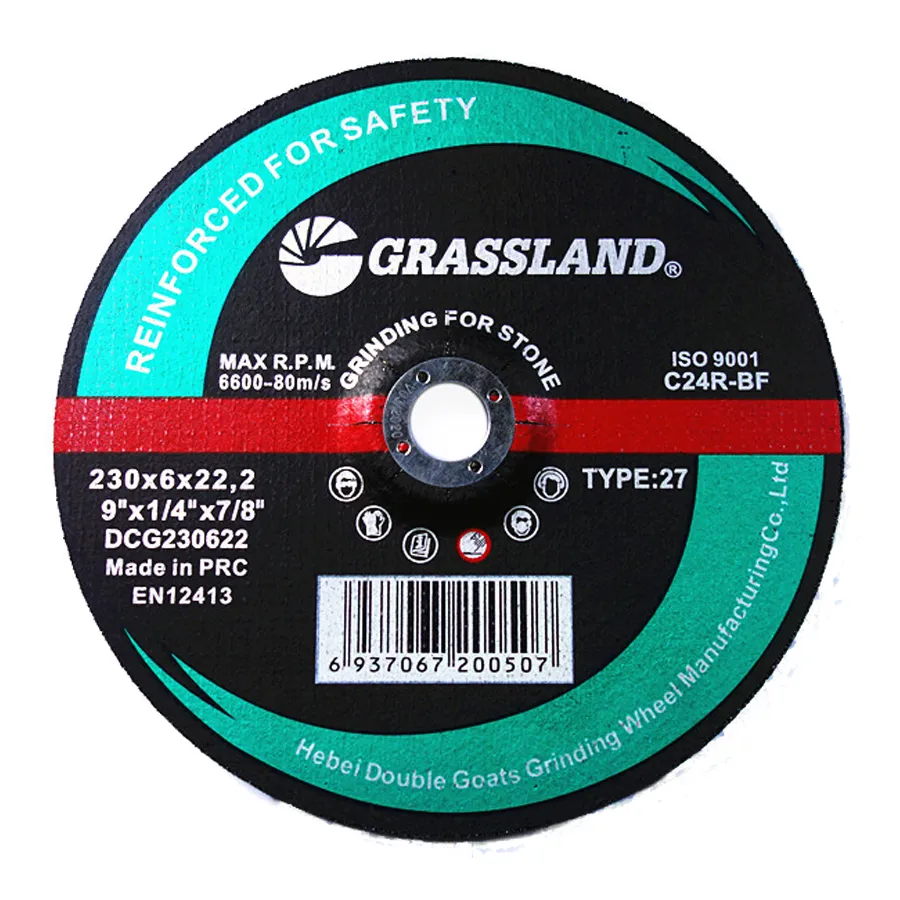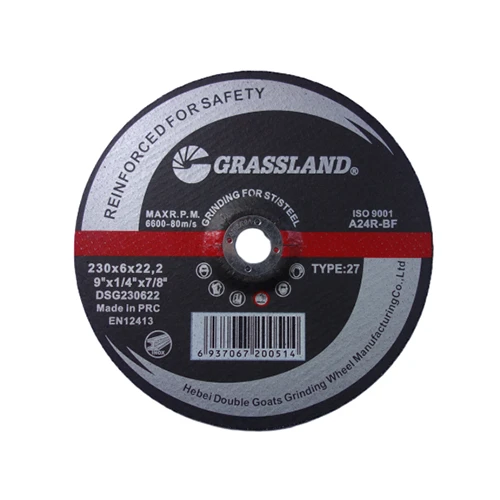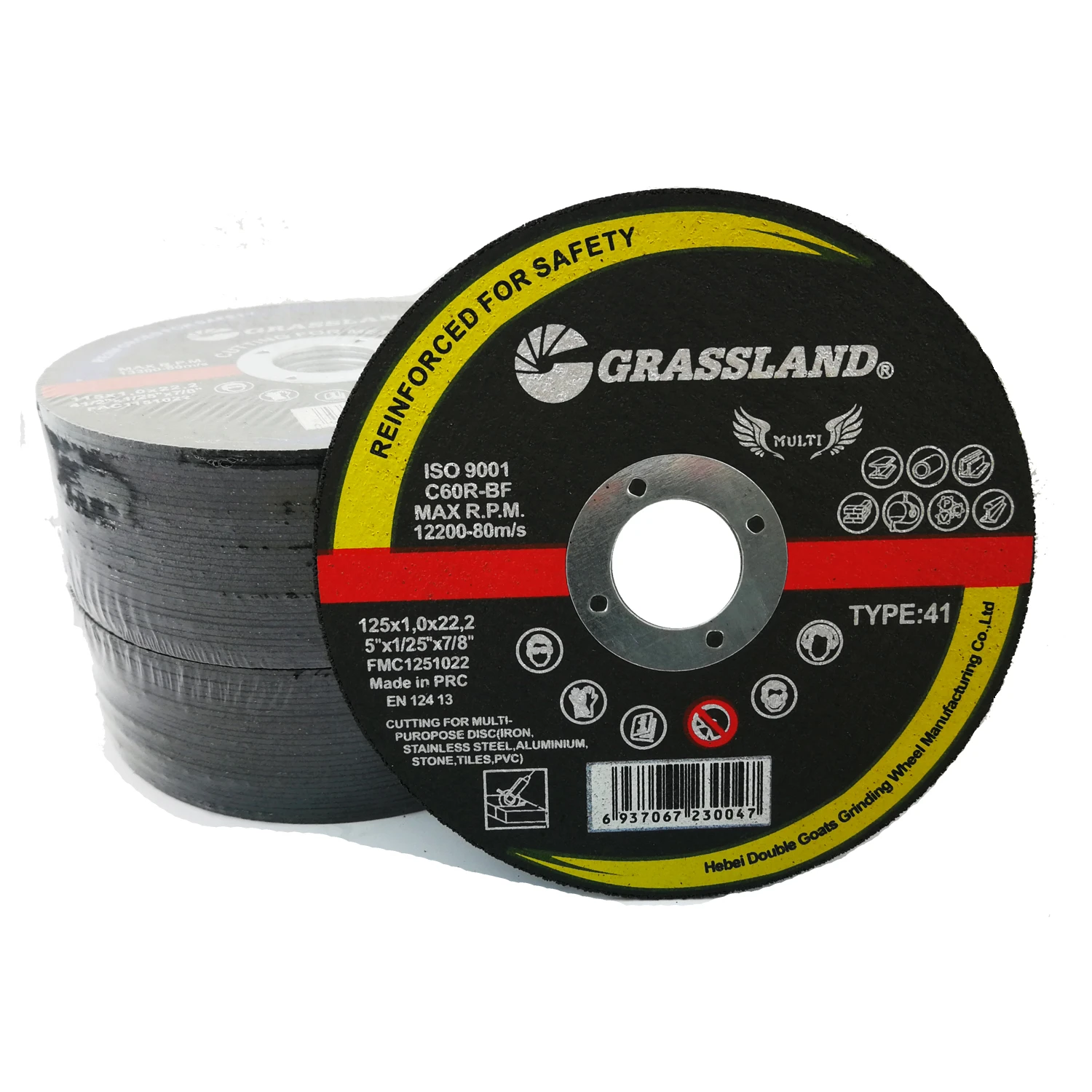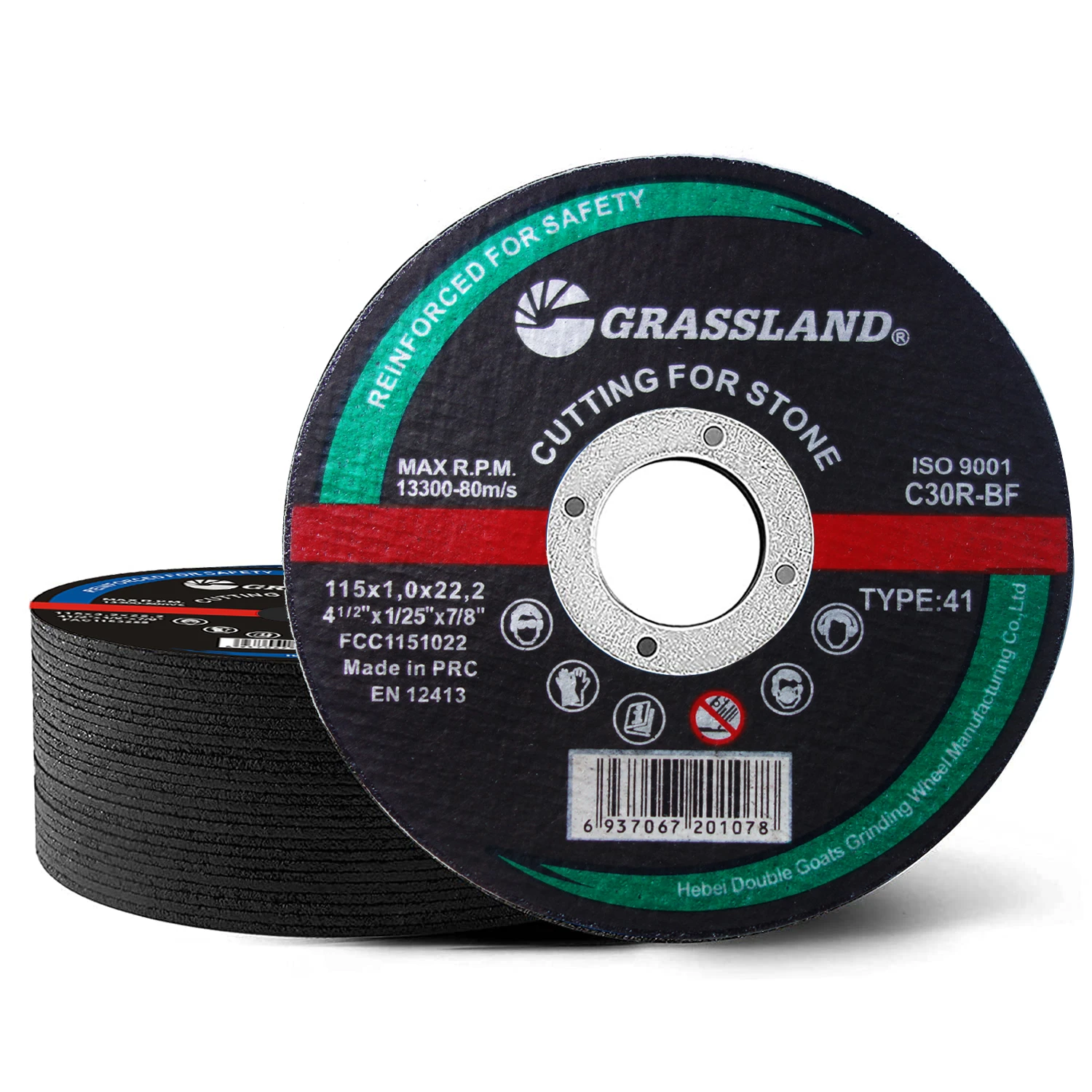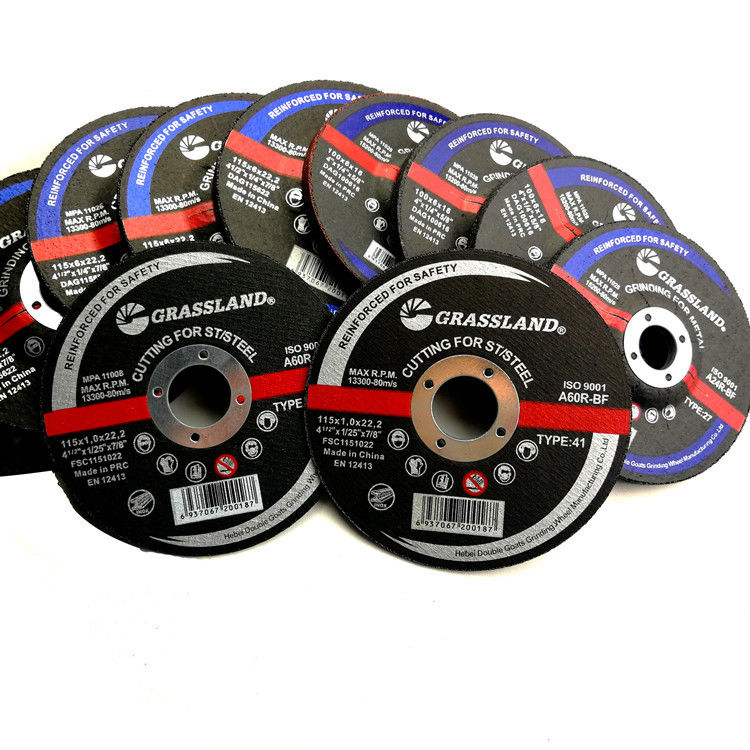When working with metal, choosing the right grinding disc is essential for efficiency and precision. Whether you're cutting, grinding, or polishing, selecting the best angle grinder disc types for steel will significantly impact your results. This guide covers different disc types, their uses, and factors to consider when selecting what angle grinder disc for metal. Additionally, we’ll discuss the best grinding disc for metal to achieve optimal performance.
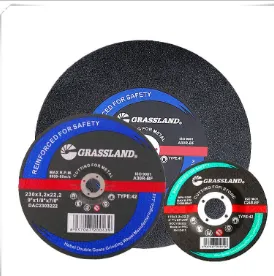
Exploring Different Angle Grinder Disc Types for Steel
Understanding angle grinder disc types for steel is crucial for choosing the right tool for your project. Each disc type has a specific function, ranging from cutting and grinding to finishing and polishing.
Common Angle Grinder Disc Types for Steel
- Cutting Discs: These thin discs are designed for fast, clean cuts on metal surfaces. They come in different thicknesses, typically between 1mm and 3mm, to ensure precise cutting without excessive material waste.
- Grinding Discs: Thicker than cutting discs, these are used for aggressive material removal, smoothing welds, and preparing metal surfaces for further processing.
- Flap Discs: Combining grinding and finishing capabilities, flap discs feature layered abrasive flaps for smoother results on steel surfaces.
- Wire Brush Discs: Ideal for removing rust, paint, and corrosion, wire brush discs provide a clean surface without damaging the metal.
- Diamond Discs: Although commonly used for masonry, some variations work well on hardened steel for precise and durable cutting.
Choosing the correct angle grinder disc types for steel ensures efficiency and extends the lifespan of both your tool and disc.
Selecting the Right Grinding Disc for Metal Applications
A grinding disc for metal is essential for shaping, deburring, and refining steel surfaces. Selecting the right disc ensures better performance, longevity, and safety.
Key Features of a Good Grinding Disc for Metal
- Durability: High-quality discs last longer and resist wear, reducing the need for frequent replacements.
- Material Composition: Look for discs made with aluminum oxide, zirconia, or ceramic for superior performance.
- Thickness: A thicker disc provides stability for heavy grinding, while a thinner disc allows for precision work.
- Grit Size:
- Coarse (36-60 grit): Best for aggressive grinding and material removal.
- Medium (80-120 grit): Suitable for blending and smoothing metal surfaces.
- Fine (150+ grit): Ideal for finishing and polishing applications.
By choosing the right grinding disc for metal, you can achieve better results with less effort, enhancing both efficiency and surface quality.
Understanding What Angle Grinder Disc for Metal Works Best
When deciding what angle grinder disc for metal to use, consider the type of work you need to complete. Different tasks require different discs to ensure optimal performance.
Choosing What Angle Grinder Disc for Metal Based on Application
- For Cutting: Use a thin cutting disc (1-3mm) for precision and minimal material loss.
- For Grinding: A durable, reinforced grinding disc works best for heavy material removal.
- For Finishing: Flap discs provide a balance between grinding and finishing, ensuring a smooth surface.
- For Rust Removal: Wire brush discs efficiently clean metal surfaces without excessive wear.
- For Polishing: Non-woven or fiber discs help achieve a refined, polished finish.
Knowing what angle grinder disc for metal to use helps prevent damage, enhances productivity, and ensures a professional finish on steel surfaces.
Cost and Performance of Different Angle Grinder Disc Types for Steel
Understanding the cost and performance of angle grinder disc types for steel ensures that you invest in high-quality discs without overspending.
Factors Affecting Price
- Material Quality: Premium materials like zirconia and ceramic increase durability and cost.
- Brand Reputation: Well-known brands often offer higher-quality discs but may come at a premium price.
- Disc Size: Larger discs (e.g., 9-inch) tend to be more expensive than smaller ones (e.g., 4.5-inch).
- Multi-Pack Deals: Buying in bulk reduces the cost per disc, making it a cost-effective option.
Performance Considerations
- Longevity: High-performance discs last longer, reducing replacement costs.
- Efficiency: Faster cutting and grinding improve productivity, saving both time and labor costs.
- Safety: Investing in high-quality discs reduces the risk of breakage and accidents.
By considering both cost and performance, you can choose the best angle grinder disc types for steel for your specific needs while maximizing value.
Grinding Disc For Metal FAQs
What angle grinder disc for metal should I use for cutting stainless steel?
For cutting stainless steel, a thin cutting disc (1-1.6mm) made of zirconia or aluminum oxide is ideal. These materials ensure clean, precise cuts while minimizing heat buildup, which can cause discoloration or warping.
How do I choose the best grinding disc for metal for heavy-duty applications?
For heavy-duty grinding, select a reinforced grinding disc for metal with a coarse grit (36-60). Zirconia or ceramic grinding discs provide the durability needed for prolonged use on tough metals like steel and iron.
What are the main angle grinder disc types for steel used in metal fabrication?
In metal fabrication, common angle grinder disc types for steel include cutting discs, grinding discs, flap discs for finishing, wire brush discs for rust removal, and polishing discs for final detailing. Each serves a unique purpose to enhance the metalworking process.
Can I use a wood-cutting disc on metal, or do I need a specific grinding disc for metal?
No, a wood-cutting disc should never be used on metal. Instead, use a dedicated grinding disc for metal or a cutting disc designed for steel. Wood-cutting discs lack the necessary strength and can shatter when used on metal, posing serious safety risks.
How do I extend the lifespan of my angle grinder disc types for steel?
To prolong the life of your angle grinder disc types for steel, follow these tips:
- Use the correct disc for each task (cutting, grinding, polishing).
- Avoid excessive pressure, letting the disc do the work.
- Store discs in a dry, cool place to prevent moisture damage.
- Use at the recommended speed to prevent overheating and premature wear.
Post time:Apr - 14 - 2025







